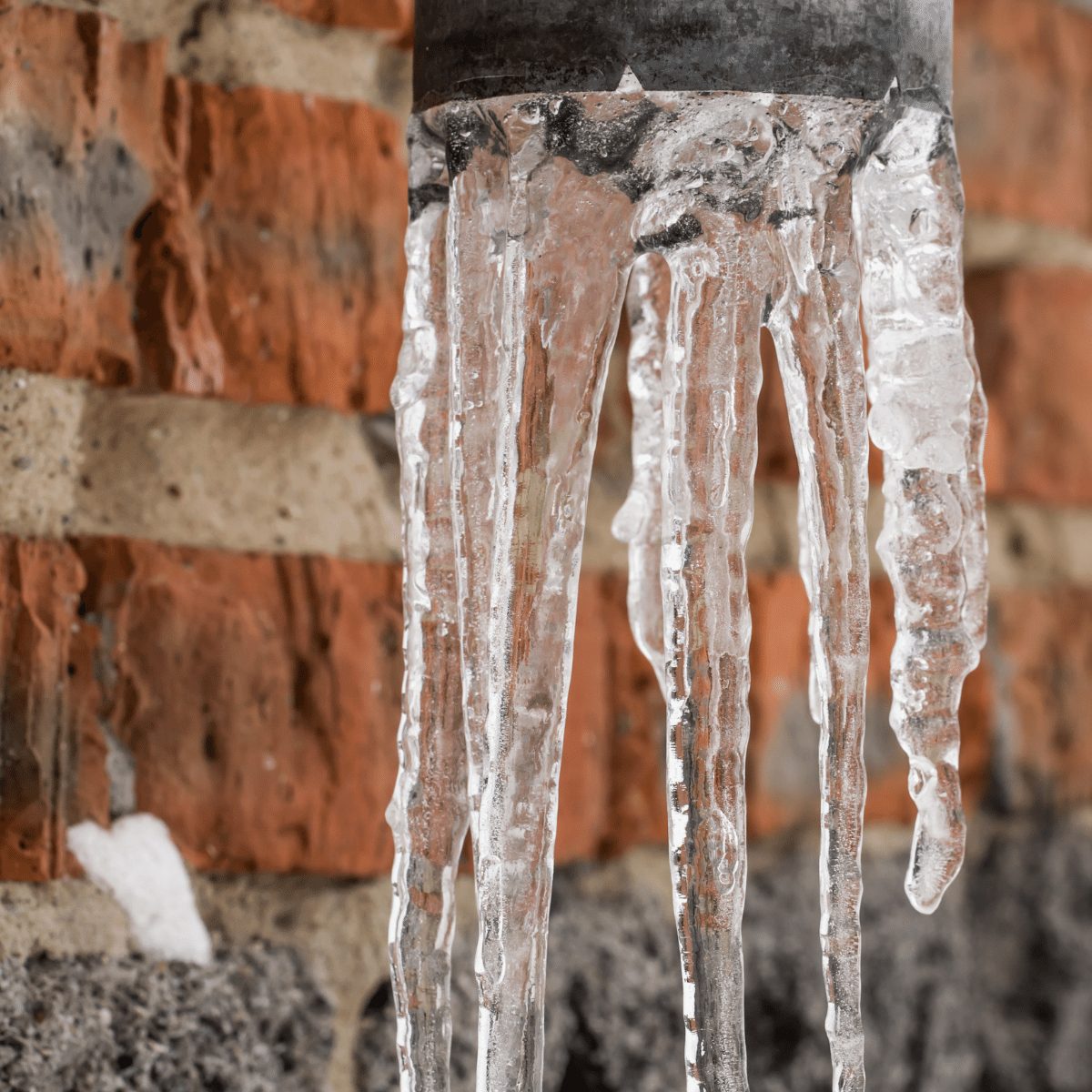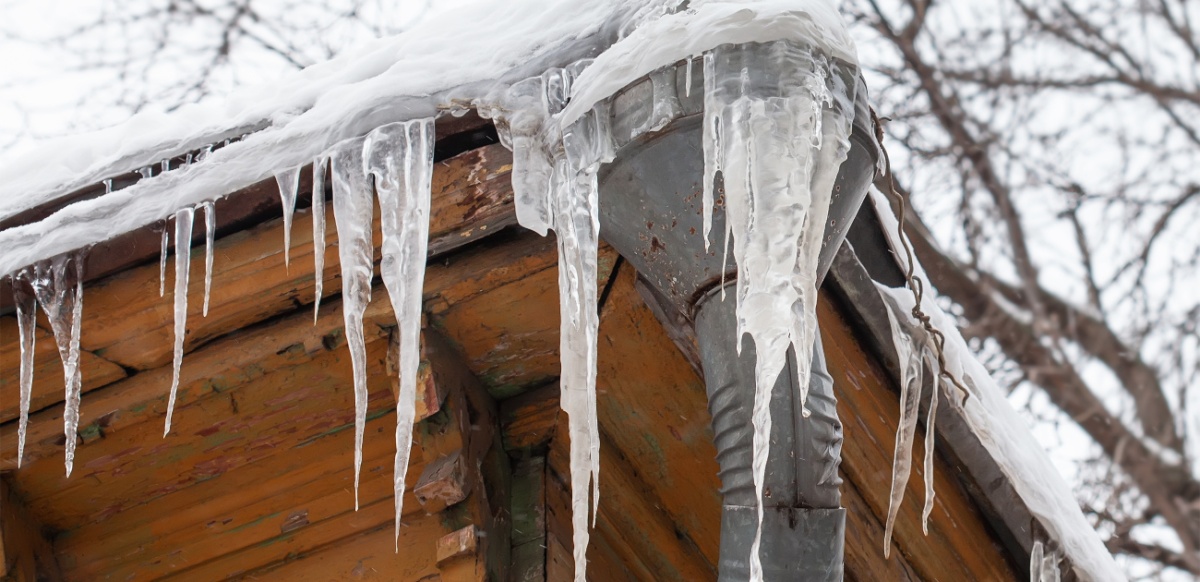Essential Advice to Protect Against Frozen Pipes in Winter
Essential Advice to Protect Against Frozen Pipes in Winter
Blog Article
How do you actually feel in relation to 6 Ways to Prevent Frozen Pipes?

Cold weather can damage your pipes, especially by freezing pipes. Here's just how to prevent it from taking place and what to do if it does.
Introduction
As temperatures decline, the threat of frozen pipelines boosts, potentially leading to expensive repair work and water damages. Understanding exactly how to prevent frozen pipes is essential for property owners in chilly climates.
Recognizing Frozen Pipelines
What causes pipes to ice up?
Pipes ice up when revealed to temperatures below 32 ° F (0 ° C) for prolonged periods. As water inside the pipes ices up, it expands, putting pressure on the pipeline walls and potentially creating them to break.
Threats and problems
Frozen pipes can bring about water system disruptions, residential or commercial property damage, and expensive repairs. Burst pipes can flood homes and create substantial architectural damage.
Indications of Frozen Piping
Determining frozen pipelines early can prevent them from bursting.
Exactly how to identify frozen pipelines
Search for lowered water flow from taps, uncommon odors or sounds from pipes, and noticeable frost on exposed pipelines.
Avoidance Tips
Shielding susceptible pipelines
Cover pipes in insulation sleeves or utilize warm tape to secure them from freezing temperature levels. Focus on pipes in unheated or external areas of the home.
Heating methods
Keep interior spaces adequately heated up, particularly locations with plumbing. Open closet doors to allow warm air to distribute around pipelines under sinks.
Protecting Outside Pipes
Yard tubes and outdoor taps
Detach and drain pipes garden pipes before winter months. Install frost-proof spigots or cover outdoor taps with protected caps.
What to Do If Your Pipelines Freeze
Immediate actions to take
If you presume frozen pipelines, keep taps open to soothe pressure as the ice thaws. Make use of a hairdryer or towels soaked in warm water to thaw pipelines gradually.
Long-Term Solutions
Structural modifications
Take into consideration rerouting pipelines far from outside walls or unheated locations. Add extra insulation to attic rooms, cellars, and crawl spaces.
Updating insulation
Buy premium insulation for pipes, attic rooms, and walls. Appropriate insulation aids maintain consistent temperatures and decreases the risk of icy pipes.
Final thought
Protecting against icy pipes calls for aggressive steps and fast responses. By recognizing the reasons, indicators, and preventive measures, property owners can secure their pipes during cold weather.
5 Ways to Prevent Frozen Pipes
Drain Outdoor Faucets and Disconnect Hoses
First, close the shut-off valve that controls the flow of water in the pipe to your outdoor faucet. Then, head outside to disconnect and drain your hose and open the outdoor faucet to allow the water to completely drain out of the line. Turn off the faucet when done. Finally, head back to the shut-off valve and drain the remaining water inside the pipe into a bucket or container. Additionally, if you have a home irrigation system, you should consider hiring an expert to clear the system of water each year.
Insulate Pipes
One of the best and most cost-effective methods for preventing frozen water pipes is to wrap your pipes with insulation. This is especially important for areas in your home that aren’t exposed to heat, such as an attic. We suggest using foam sleeves, which can typically be found at your local hardware store.
Keep Heat Running at 65
Your pipes are located inside your walls, and the temperature there is much colder than the rest of the house. To prevent your pipes from freezing, The Insurance Information Institute suggests that you keep your home heated to at least 65 degrees, even when traveling. You may want to invest in smart devices that can keep an eye on the temperature in your home while you’re away.
Leave Water Dripping
Moving water — even a small trickle — can prevent ice from forming inside your pipes. When freezing temps are imminent, start a drip of water from all faucets that serve exposed pipes. Leaving a few faucets running will also help relieve pressure inside the pipes and help prevent a rupture if the water inside freezes.
Open Cupboard Doors
Warm your kitchen and bathroom pipes by opening cupboards and vanities. You should also leave your interior doors ajar to help warm air circulate evenly throughout your home.

We were made aware of that write-up about Preventing and dealing with frozen pipes from a pal on a different blog. Sharing is good. Helping people is fun. Thank-you for your time spent reading it.
Detail Report this page